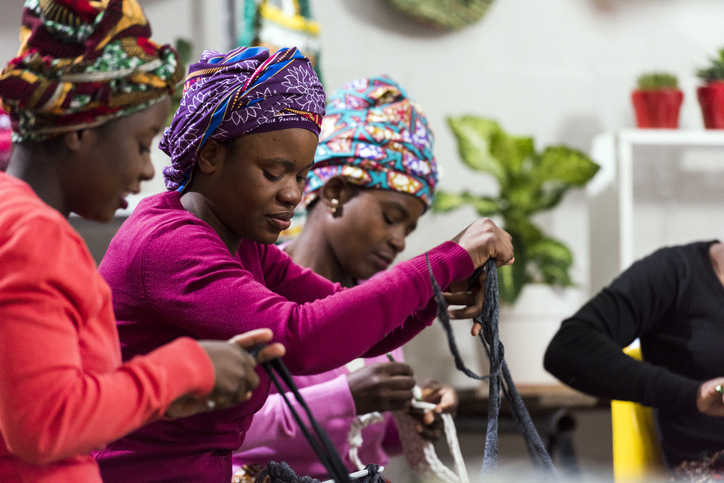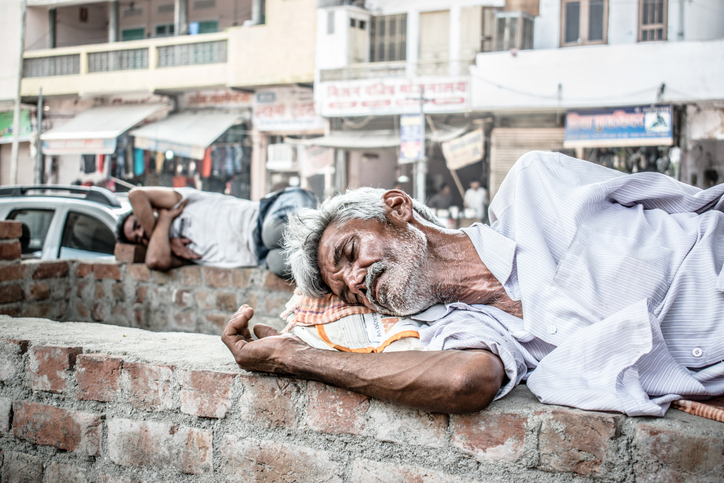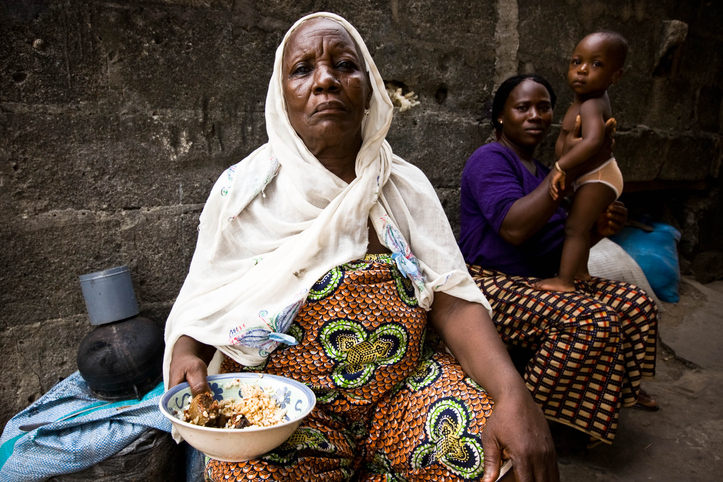The ways in which women use and access cities are radically different from the ways of men – and a growing body of research is now exploring the interactions of gender and urban spaces. This column explores some recent studies and illustrates how women participate, albeit subversively, in cities as ‘visible’ citizens.
Research on gender and urban spaces has developed around the polarity of public spaces and private spaces. This implies that space is construed not only as physical, but also includes manifestations of social codes that differentiate the use of that space.
The concern is with putting ‘people in their place’. In doing so, public space is relegated to men, outsiders, and strangers, who can move freely and expel those whom they think should not be included in the space. Women are assigned to live in private spaces, with little or no opportunity to engage in conversations that occur in public spaces, and are therefore not ‘visible’ citizens. The political philosopher Hannah Arendt used a similar dichotomy to understand ancient Greek society.
Unpacking some of the existing theories, we gather that women’s ‘place’ is in private spaces and homes. Stepping outside of those domestic boundaries implies transgression because public spaces are fraught with dangers, such as being considered objects of male gaze, and exposure to violence and crime.
Impact on policy
In the 1970s, urban studies became infused with feminist approaches, thereby enriching the conversation on women’s rights to urban spaces in general. The new approach, at least in theory, brought women into the process of urban planning.
The women’s liberation movement in the 1970s and ‘gender mainstreaming’ in the 1990s were followed by increased use of a ‘gender lens’ in the 2000s. International organizations explicitly recognized the close relationship between basic rights and public spaces.
Thus, UN Women (United Nations Entity for Gender Equality and the Empowerment of Women) advocates improving women’s safety by ‘creating safe public spaces’. UNESCO promotes the social integration of migrants with ‘inclusion through access to public space’. And the UN Human Settlements Programme drafted a resolution on ‘sustainable urban development through access to quality urban public spaces’.
Yet another example – the United Nations Women’s Safe Cities Global Initiative – is developing and implementing models to reduce and prevent sexual violence against women and girls in public spaces. This translates into enhanced street lighting, traffic lights, widening walkways for strollers and wheelchairs, and so on.
In each case, these UN entities see public space as necessary for achieving core aspects of their human rights development agenda.
On-the-ground reality
There is an incredible mismatch between the ways that the rights of citizens are framed within urban planning, and the everyday on-the-ground direct experiences of marginalized citizens. This is especially true for resource-poor countries, which typically leave gender out of their urban planning processes.
As a result, women in public spaces slide in and out as ‘invisibly’ as possible, often merging with the crowd. For example, women seeking water for household purposes have to step out into the public arena to fulfill a domestic need. Women engage with the city as anonymous beings as they step into public spaces. It may be liberating in limited ways – but sneaking in is not the same as staking a claim.
Protesting in public
The dichotomy of public versus private falls through when we consider some of the events around the world with women leading gatherings in largely public and often historically male-dominated physical urban spaces.
In most cases, often-spontaneous protests start with the imminent need to change power dynamics. Rallies, sit-ins, and sloganeering have all worked to raise public consciousness and express dissonance that is palpable.
While women’s protests do not need specific urban designs, some do have lasting impacts because of the particular location – public spaces, historical sites, and prominent urban corridors. Examples include Tahrir Square in Cairo, women’s marches in the United States, and Shaheen Bagh in Delhi, India.
Overall, these events were committed to dismantling oppression, but what is common among them all is the lack of equal access to safe spaces and ‘right to city’ promised by international and national sanctions. Women at Shaheen Bagh – with or without the veil – stepped out of their domestic or private spaces and occupied a public space. As invisible subjects in a context where the city is a political space for making citizenship, these women risked their lives to contest existing laws and to build their own belonging to a nation.
Beyond public versus private
What emerges from these examples of women’s mass protests is the use of public spaces as a site for alternative, transgressive voices. The public space becomes framed in political dissent and activism that challenge existing norms on women’s mobility and visibility. Women redefine themselves, bringing their personal experiences into the public and political sphere. In this way, and challenging the private-public dichotomy, they reclaim urban spaces through contesting laws and social mores.
In recent times, women’s cyber-activism (and through blogs) as social resistance also pushes the margins of private versus public. It is the extension of collective women’s protests into erstwhile exclusive spaces that is in and of itself a public activity. This opens up conversations about the multiple contexts and dynamic uses of urban spaces.
A multifaceted approach is needed that draws on women’s everyday experiences and their rights to support a sense of belonging to the city and the nation. More research and introspection are needed because these protest sites provide opportunities to learn from alternative voices and multiple perspectives.






